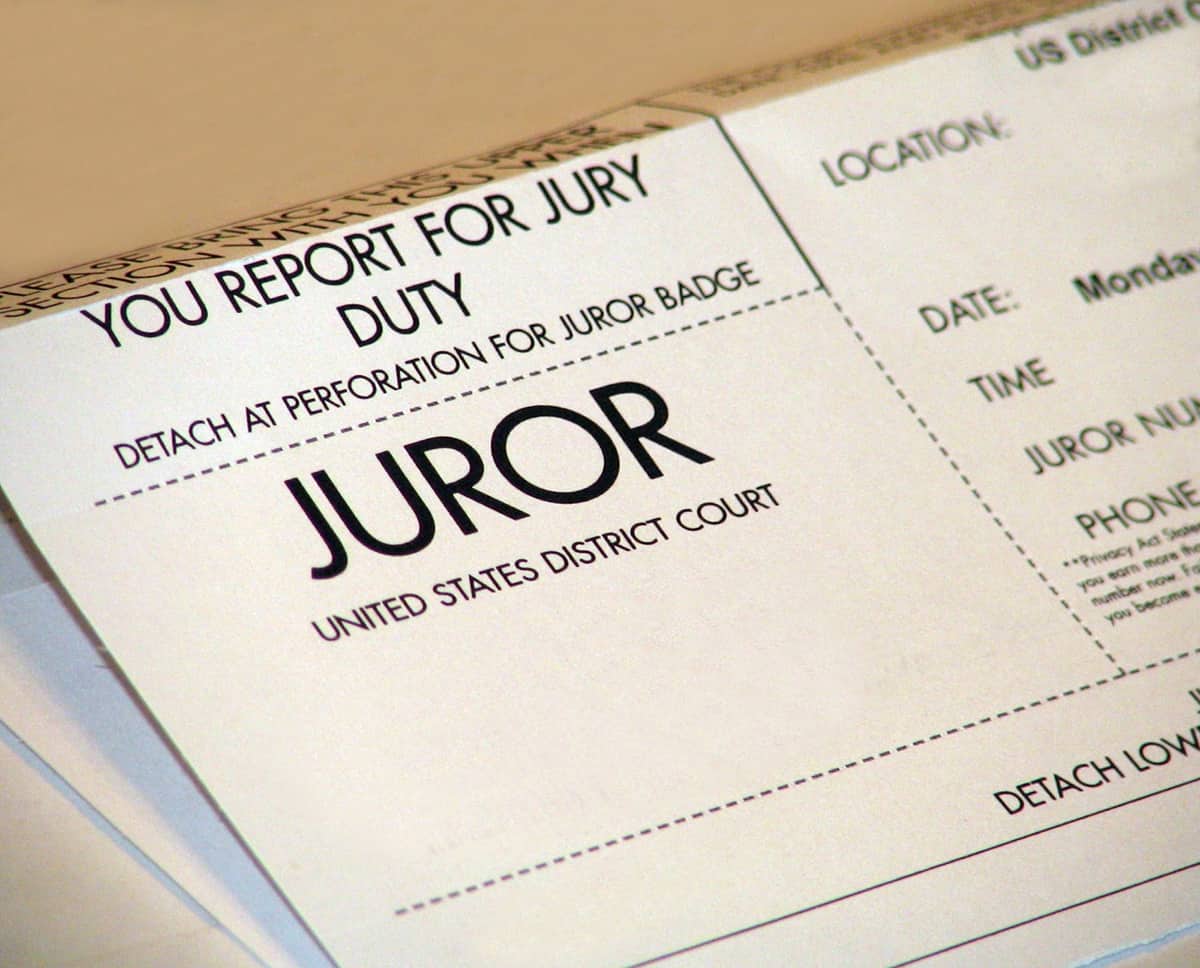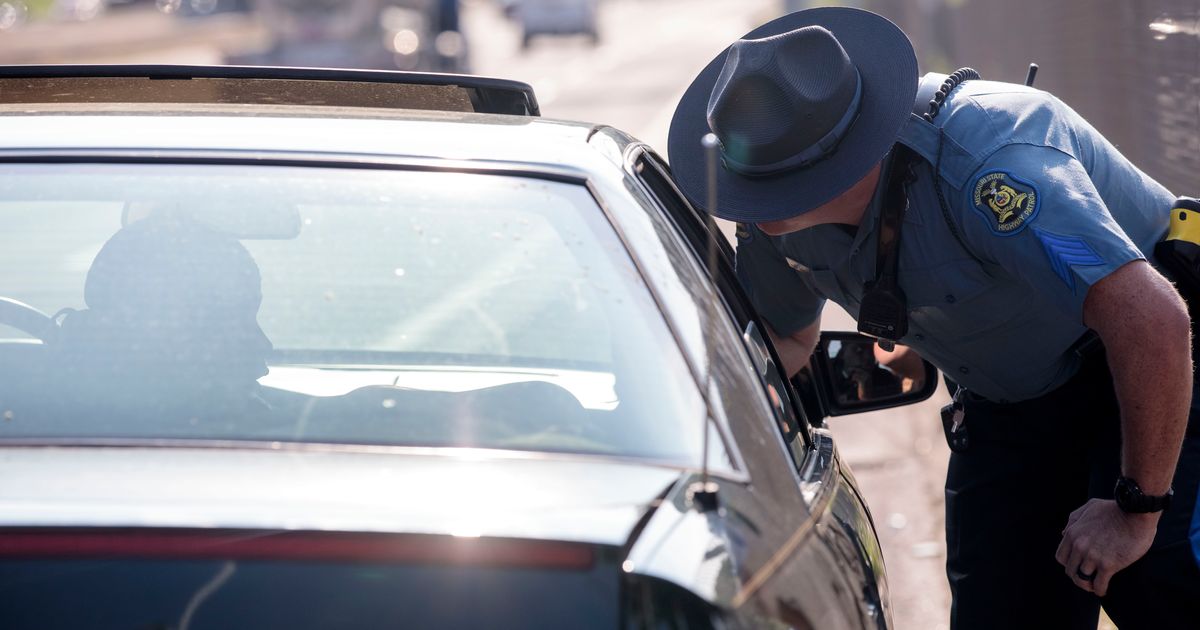
Journalist Nick Robertson for The Hill reports that the 5th Circuit Federal Court of Appeals ruled Mississippi’s lifetime voting ban for those convicted of certain felonies is unconstitutional. This ruling overturns a 19th-century Jim Crow Law widely considered “cruel and unusual punishment.”
“In the last fifty years, a national consensus has emerged among the state legislatures against permanently disenfranchising those who have satisfied their judicially imposed sentences and thus repaid their debts to society. … Mississippi stands as an outlier among its sister states, bucking a clear national trend in our nation against permanent disenfranchisement.” ~5th Circuit Court of Appeals
The Mississippi law says anyone convicted of bribery, theft, arson, perjury, forgery, embezzlement or bigamy could never have their voting right reinstated.
The nonprofit Sentencing Project found that Mississippi has one of the country’s most strict disenfranchisement laws, impacting about 11 percent of all otherwise eligible voters. That is the highest proportion of any state.
The disenfranchisement provision “serves no legitimate penological purpose,” the opinion reads.
“By severing former offenders from the body politic forever, Section 241 ensures that they will never be fully rehabilitated, continues to punish them beyond the term their culpability requires, and serves no protective function to society.” ~5th Circuit Court of Appeals
The law was passed in 1890 as part of early Jim Crow provisions attempting to disenfranchise and limit the rights of Black residents.
The Southern Poverty Law Center also pursued the lawsuit, representing those who were disenfranchised by the law.
“Section 241 of the Mississippi Constitution lifetime disenfranchisement scheme disproportionately impacted Black Mississippians,” SPLC attorney Ahmed Soussi said in a statement. “We applaud the court for reversing this cruel and harmful practice and restoring the right to vote to tens of thousands of people who have completed their sentences.”
The case also attracted the support of legal aid nonprofits, including the Legal Defense Fund, which submitted an amicus brief on behalf of the plaintiffs in December.
“Section 241 is Jim Crow law, which created a deliberate and invidious scheme to disenfranchise Black people,” Legal Defense Fund attorney Patricia Okonta said in December.
The state now has the opportunity to appeal the ruling to the entire 5th Circuit or the Supreme Court.
My opinion? Excellent decision. The right to vote is the cornerstone of a functioning democracy. This is a major victory for Mississippians who have completed their sentences and deserve to participate fully in our political process. Mississippi is finally being held accountable for its sordid history of racial discrimination that has led to the disproportionate disenfranchisement of its Black citizens.
Nowadays, an estimated 4.6 million Americans are barred from voting due to a felony conviction.
Please contact my office if you, a friend or family member are charged with a crime. Losing your right to vote is an awful consequence to be avoided. Hiring an effective and competent defense attorney is the first and best step toward justice.



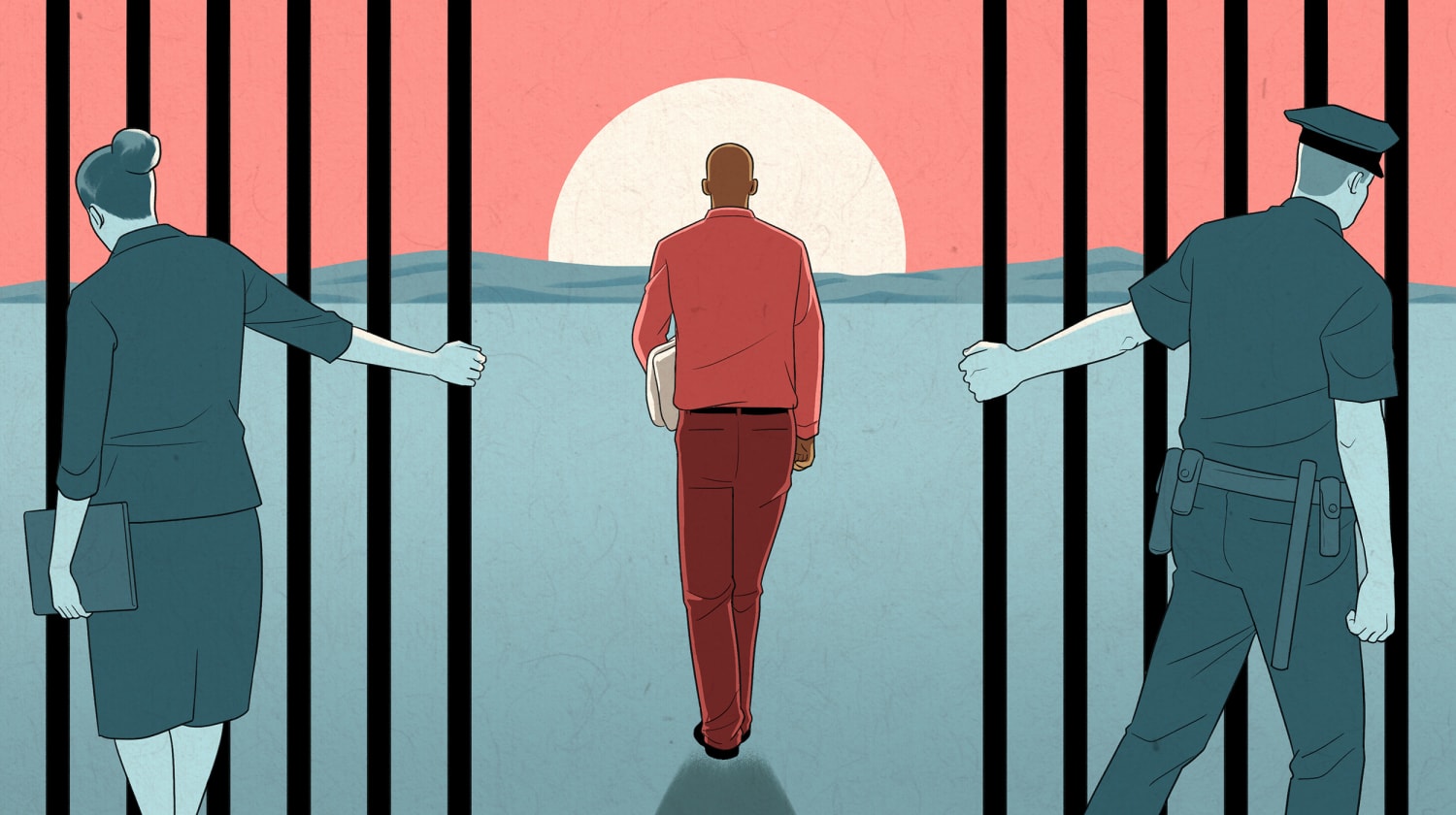
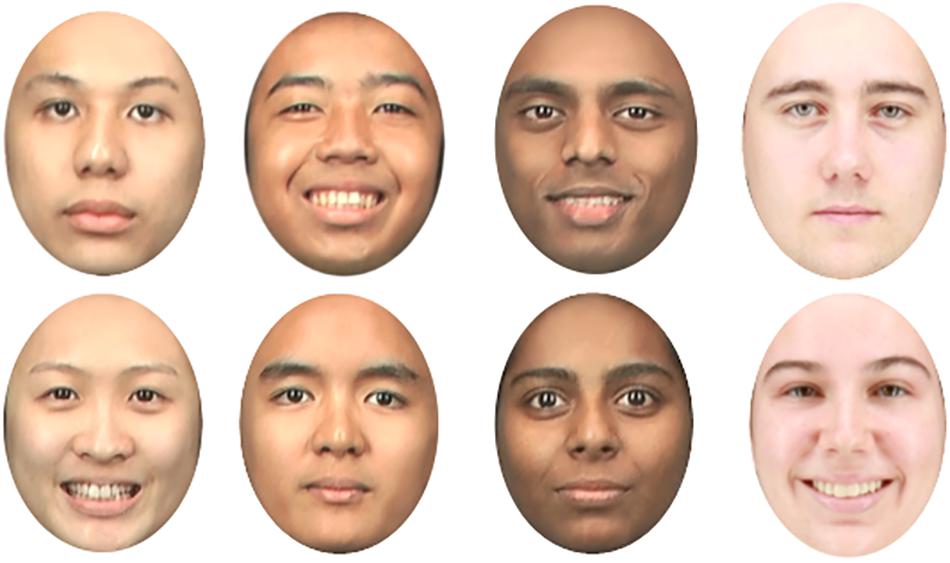
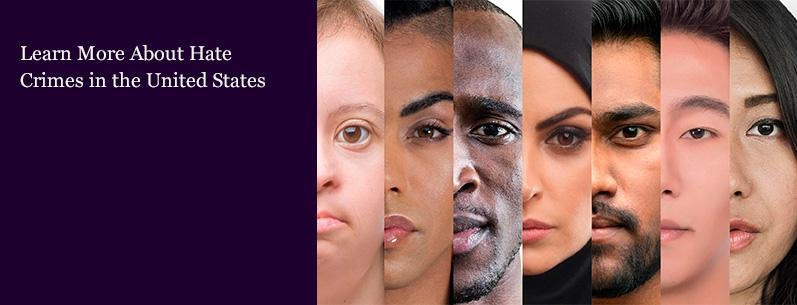
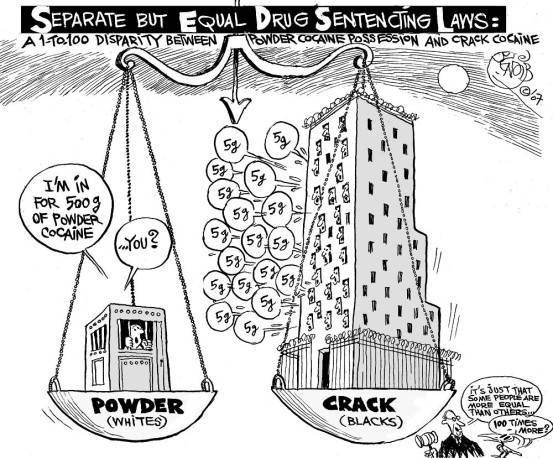
/cdn.vox-cdn.com/uploads/chorus_asset/file/21907065/A_Puppet_Ballot_0901.jpg)
